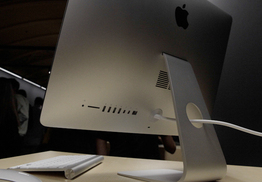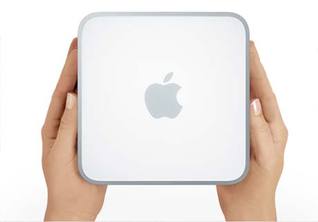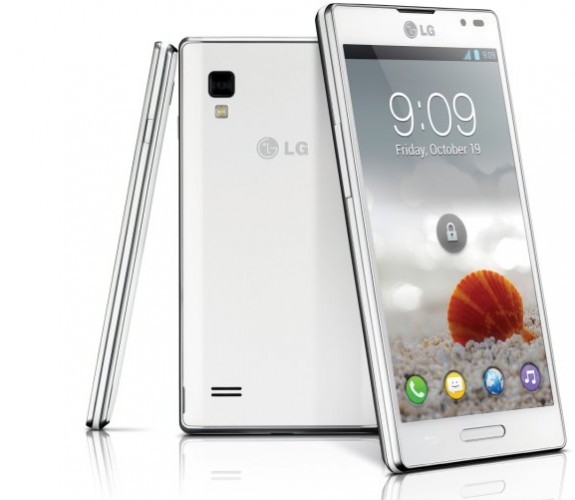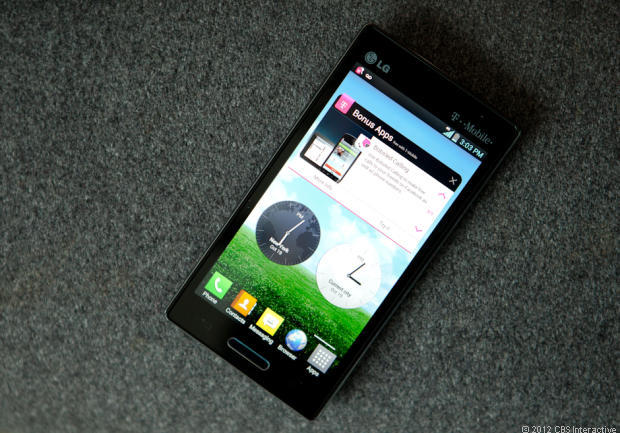Do you resent your single volume on your Mac? Now here comes good news. New strong apple Mac Mini with fusion Drive automatically and dynamically moves frequently used files to flash storage for quicker access, while infrequently used items move to the hard disk. As a result you'll enjoy shorter start up times, and as the system learns how you work you'll see faster application launches and quicker file access. Fusion Drive manages all this automatically in the background.
With updated Intel's third-generation Core CPUs and a new Fusion hybrid hard-drive option, the new Apple Mac Mini, brings improved value and welcome speediness to the most affordable Mac. The Core i7 chip and 1TB standard hard drive in today’s review model are both useful upgrades over the previous-generation Mac Mini, and the $250 Fusion Drive, while turning our $799 review unit into a $1,049 purchase, offers a mostly noticeable performance improvement.
The Fusion option puts the Mac Mini outside its familiar sub-$1,000 territory, making it either an indulgence, or an appropriate upgrade for those with serious storage needs. Without the drive, the stock $799 model offers a newly invigorated Mac Mini that finally gives Apple a serious competitor to Windows PCs in the same sub-$1,000 price range.
And you may ask: What's the new point of this strong and new Apple Mac Mini. We find a appreciated answer for you.No visual element of the new Mac Mini has changed from the 2011 model, which itself was almost identical to the 2010 version. The only real difference on the outside of the new Mac Mini is that it now has four USB 3.0 ports, where the previous version used USB 2.0.
Perhaps more interesting than the USB upgrade, Apple has preserved the FireWire 800 port and separate audio-out and audio-in jacks on the new Mac Mini. Having purged FireWire 800 from the new iMac, and reduced the audio-outs to a single combined port, the Mac Mini may attract those who need an OS X system with those specific jacks.
With updated Intel's third-generation Core CPUs and a new Fusion hybrid hard-drive option, the new Apple Mac Mini, brings improved value and welcome speediness to the most affordable Mac. The Core i7 chip and 1TB standard hard drive in today’s review model are both useful upgrades over the previous-generation Mac Mini, and the $250 Fusion Drive, while turning our $799 review unit into a $1,049 purchase, offers a mostly noticeable performance improvement.
The Fusion option puts the Mac Mini outside its familiar sub-$1,000 territory, making it either an indulgence, or an appropriate upgrade for those with serious storage needs. Without the drive, the stock $799 model offers a newly invigorated Mac Mini that finally gives Apple a serious competitor to Windows PCs in the same sub-$1,000 price range.
And you may ask: What's the new point of this strong and new Apple Mac Mini. We find a appreciated answer for you.No visual element of the new Mac Mini has changed from the 2011 model, which itself was almost identical to the 2010 version. The only real difference on the outside of the new Mac Mini is that it now has four USB 3.0 ports, where the previous version used USB 2.0.
Perhaps more interesting than the USB upgrade, Apple has preserved the FireWire 800 port and separate audio-out and audio-in jacks on the new Mac Mini. Having purged FireWire 800 from the new iMac, and reduced the audio-outs to a single combined port, the Mac Mini may attract those who need an OS X system with those specific jacks.




 RSS Feed
RSS Feed